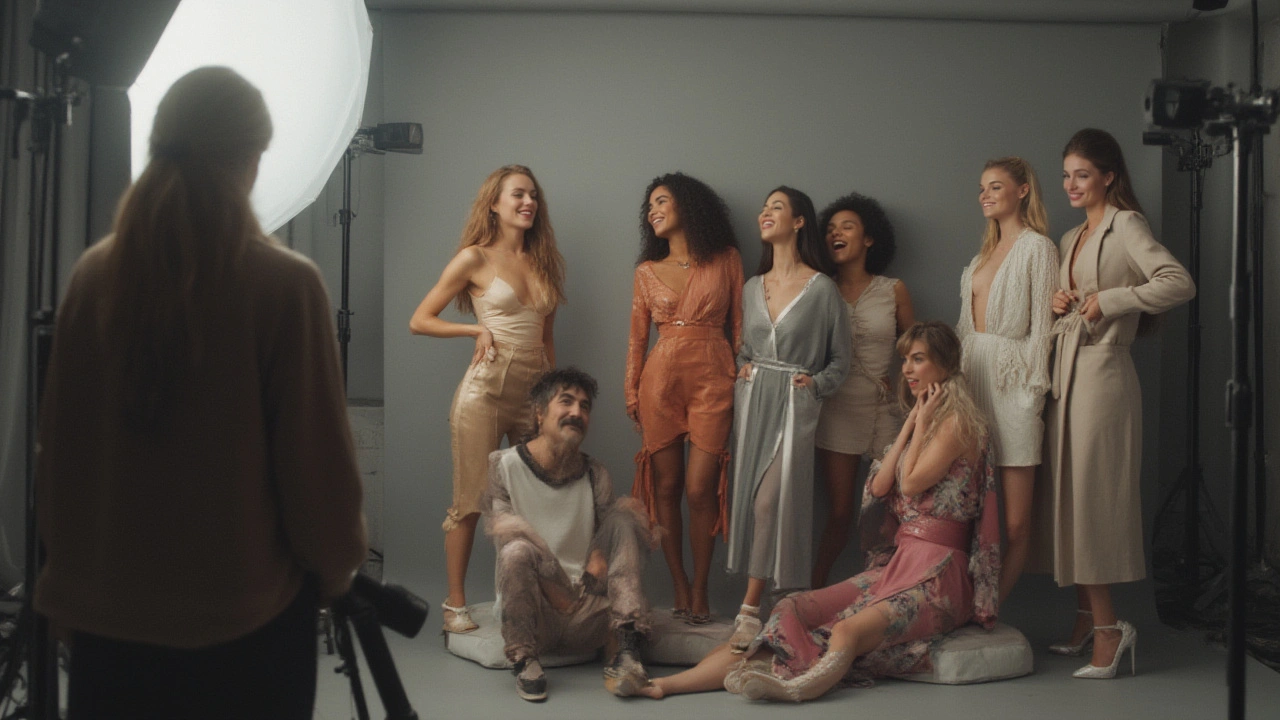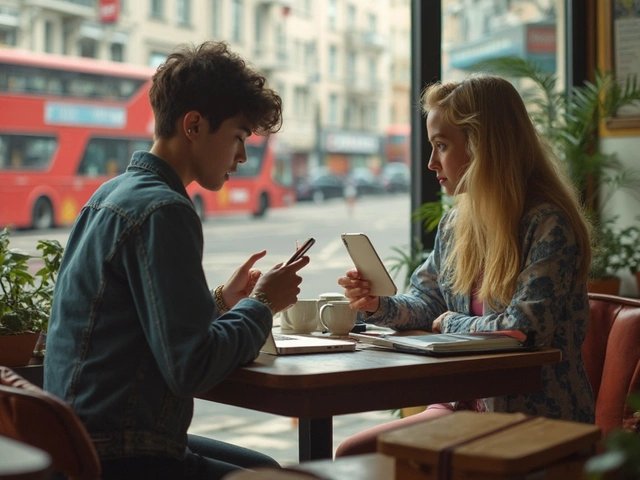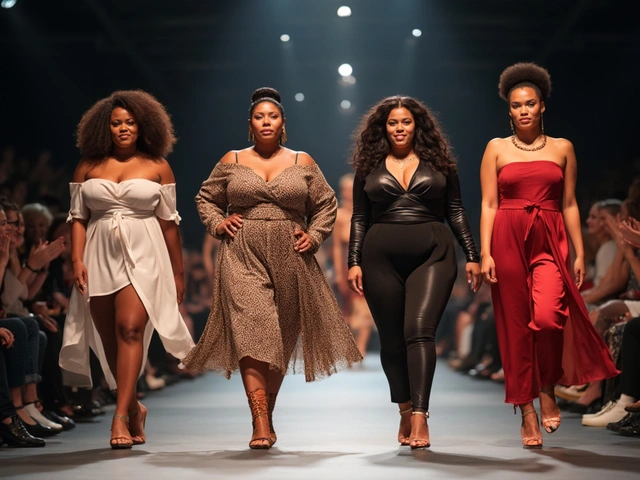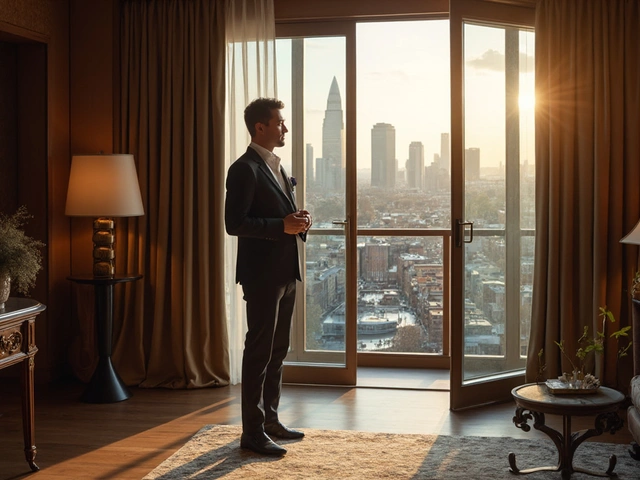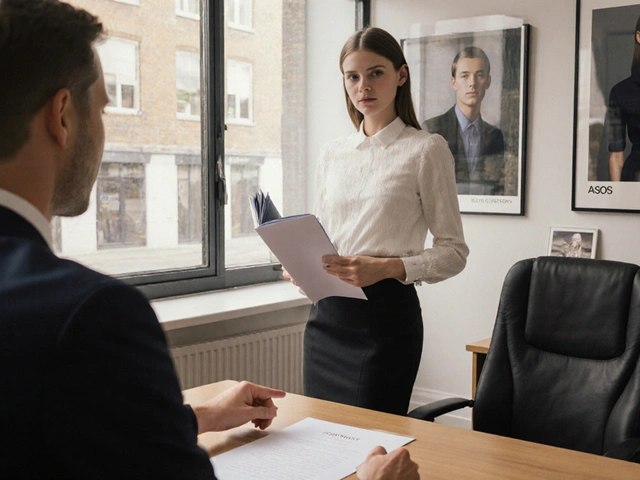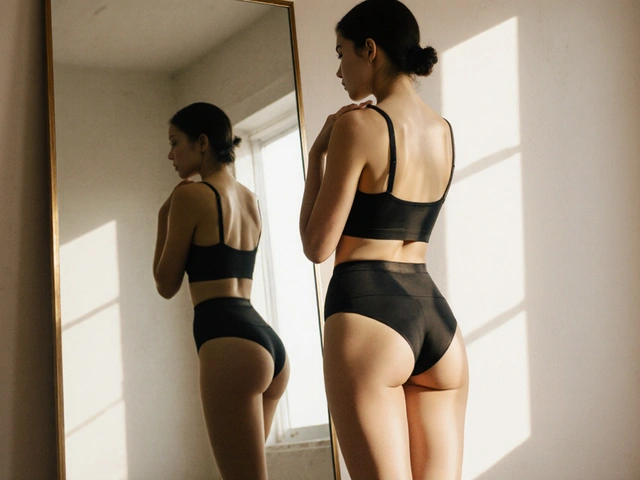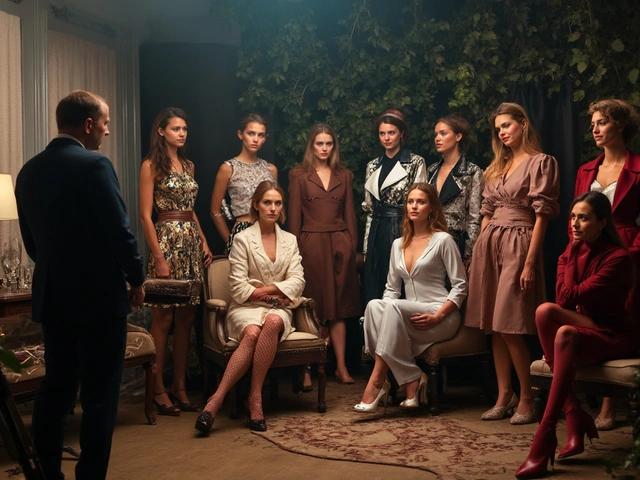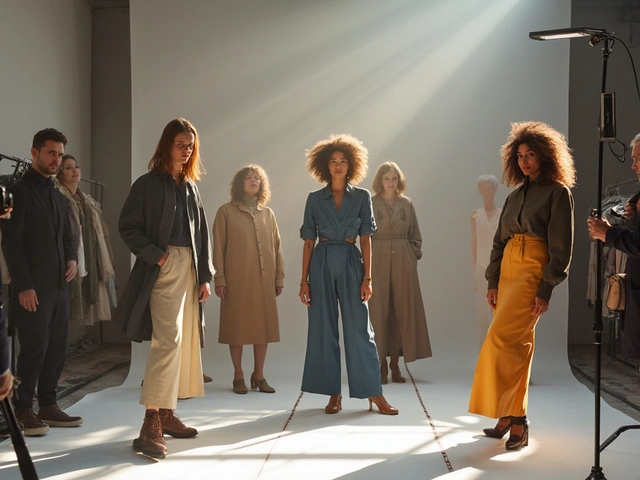Ever noticed how some people just glow in front of the lens, while the rest of us worry we’ll look as stiff as year-old gingerbread? There’s actual science and plenty of little tricks behind those perfect shots you see in magazines, and yep, professional models don’t just wing it. The best news? You don’t have to be a supermodel to pull it off. You just need to unlock a few key secrets the pros swear by—and practice until your confidence matches your pose.
Decoding Model Poses: Why Body Language Matters
Here’s the shocker most people never consider: your body actually says more than your outfit or makeup ever could. That’s why, in 2022, the British Journal of Photography published research showing that strong, intentional body language led to a 45% higher rate of image engagement—even when the models wore identical clothes. Good posture and strategic angles instantly boost appeal, while awkward, closed-off stances make photos forgettable. What makes a pose actually work, though? Openness, structure, and subtle tension. Leave a hand loose at your waist, shift your weight to the leg furthest from the camera, let your shoulders drop while stretching your neck. These moves aren’t just ‘model things’—they’re tiny hacks anyone can use to read as confident, relaxed, and photogenic. Watch any BTS (behind-the-scenes) footage from a campaign, and you’ll see: the most compelling photos often happen in between the big, bold poses, when the model is shifting, laughing, or caught off guard. Those little, unguarded moments are what give pictures real spark.
The magic of body language extends to micro-expressions, too—think of arching your brows a little, softly parting the lips, or lightly squinting the eyes. These details are subtle but can transform a photo from bland to magnetic. According to a poll by the European Imaging Association, images featuring an 'engaged gaze' (when the subject focuses just past or beside the lens, not straight into it) led to double the online interactions when compared to dead-center, deer-in-headlights stares. The point: small adjustments make all the difference. If you find yourself running out of poses, try tiny tweaks—a chin tilt, a hand slip, or a half-step forward—rather than freezing into something unfamiliar.
Face, Eyes, and Expression: Unlocking Your Camera-Ready Look
Ever been told to ‘smile with your eyes’ and thought, what does that actually mean? It’s much less mystical than Tyra Banks made it sound back when ‘smizing’ became a thing. Imagine you’re greeting a friend you genuinely like, and let that warmth start to show in your face—the eyes naturally crinkle just a bit, softening your entire look. Even pro models don’t always smile with their mouths; sometimes it’s all about the eyes and brows working together. If you’re not sure how to express this, practice in a mirror. Notice how different you look when you soften your jaw or lift your cheekbones just a little.
One lesser-known fact: pro models very rarely keep their faces totally still. Even in high-fashion editorials, models might make micro-movements between shutter clicks—tiny head turns, a lowered gaze, or even a relaxed jaw. The camera loves these subtle shifts. Another point most forget? Mouth position. Holding tension in your mouth can make you look strained, so let your lips relax or part slightly (as if you’re about to speak). Run your tongue over your teeth right before a shot—sounds odd, but it keeps your smile looking natural, not forced. Makeup artist Lisa Eldridge shared in a 2023 tutorial that some of her favorite celebrity portraits happen when the model thinks for half a second between shots, and their face softens with curiosity or humor.
Eye contact with the camera isn’t everything. Glancing off-frame creates stories in a photo, while direct eye contact delivers intensity. Play around: look down your shoulder, let your gaze wander, or connect straight on. Experimenting builds confidence, and confidence photographs beautifully.
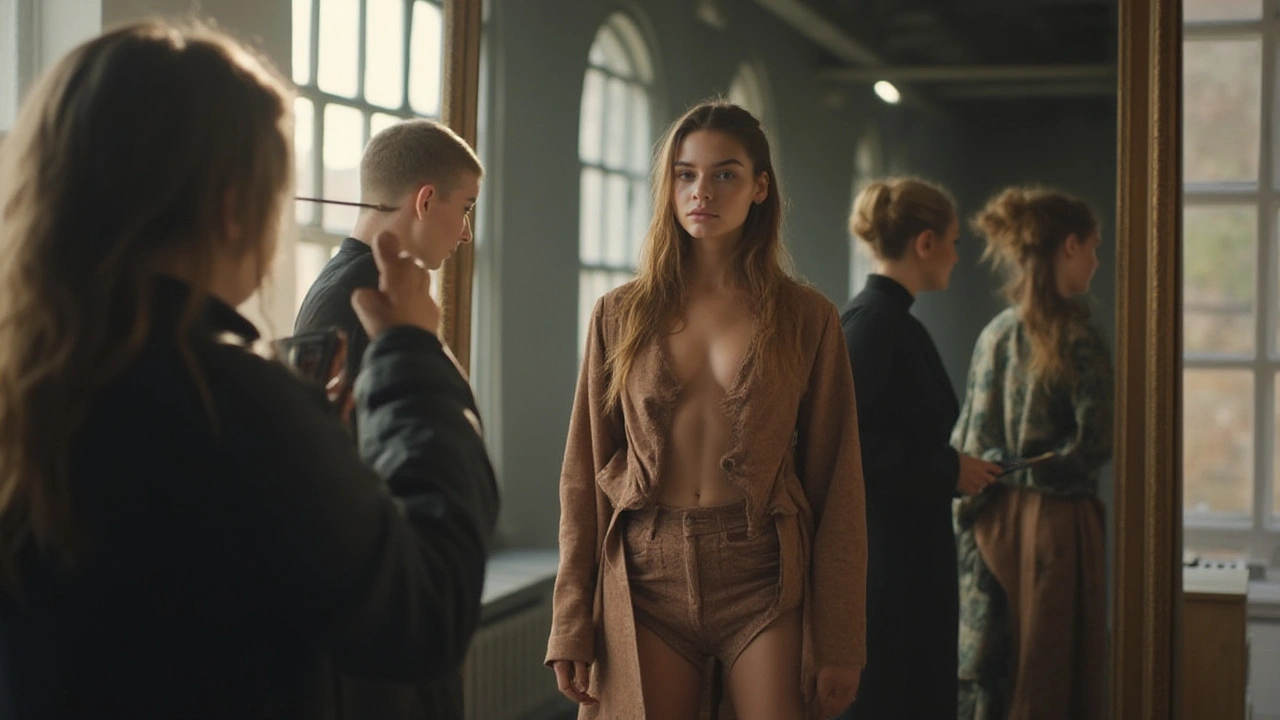
Hands, Legs, and Spacing: Getting the Details Right
Ever been unsure what to do with your hands? Everyone has. Here’s the secret: hands should always have a purpose, but never look forced. Instead of pressing them against your sides, let your hands graze your neck, sweep your hair, hover at your waist, or play with a prop—a hat, jacket, or necklace. The trick is to keep fingers relaxed and slightly separated (locked fingers look tense and stiff). Famous model avatars like Karlie Kloss and Gigi Hadid both use what they call 'dancing hands'—never completely still, always moving gently to create a sense of motion. This makes for effortlessly elegant photos.
When it comes to legs, small shifts make a world of difference. Never stand with both feet flat and parallel. Throw your weight onto one hip and let the other leg bend slightly. If you’re seated, cross your ankles instead of your knees—this lengthens the lines of your legs. There’s a good reason Vogue persistently pairs models with chairs, stairs, and props: they give you something to do with your legs and arms, breaking up blocks of body into flattering shapes.
Spacing is crucial, but often missed. Leaving a small triangle of space between your arms and body—called ‘the window’—slims and elongates your form. If you’re in a group, avoid pressing into friends too tightly; a little negative space between bodies reads as chic and intentional on camera. For outdoor shoots, use the environment: lean against a railing, sit on a step, or peek from behind a door for a candid vibe that looks natural (but is totally planned).
Lighting, Angles, and Setting: The Backdrop to Your Pose
You could have the slickest pose in the world, but bad lighting will still ruin it. Natural light is your best friend—stand facing a window or step outside right before sunset, when the golden hour makes everyone look like they’ve had eight hours of sleep. Photographers call this time ‘magic hour’ because it flatters all skin tones and softens harsh lines. Direct sunlight overhead, though, can create dark shadows under your eyes or nose, so find gentle side light or shade if you’re outdoors at noon.
Angles do the heavy lifting when it comes to looking taller, leaner, or simply more dynamic. Hold the camera at eye level or slightly above for classic portraits; for full-length shots, have your photographer squat down just a bit so your legs pop. If you’re experimenting with mood, tilt your head or your whole body towards the light source—that’s how you get those dreamy chiaroscuro effects. Cropping is another forgotten hack: pro photos often cut off part of a hand, shoulder, or even the top of the head to create a sense of story, not just documentation.
Settings don’t need to be exotic—think brick walls, lush parks, interesting doorways, or sandy paths in your own neighborhood. What matters is contrast: wear colors that pop against the backdrop and let your pose match the vibe. Casual settings deserve relaxed poses, while architectural spaces can call for sharp lines and dynamic shapes. If you’re posing for social media (Instagram craves content!), symmetrical backgrounds or doors make for easy, eye-catching shots—just don’t plaster yourself dead center every time.
Here’s a quick look at how environmental factors affect photo quality:
| Environmental Factor | Impact on Photoshoot |
|---|---|
| Golden Hour Light | Softens skin, adds warmth and depth |
| Noon Sun | Creates harsh shadows, highlights imperfections |
| Overcast Skies | Evener light, no harsh shadows, muted colors |
| Cluttered Background | Distracts from model, reduces focus |
| Simple, Textured Background | Keeps model in focus, adds style and mood |
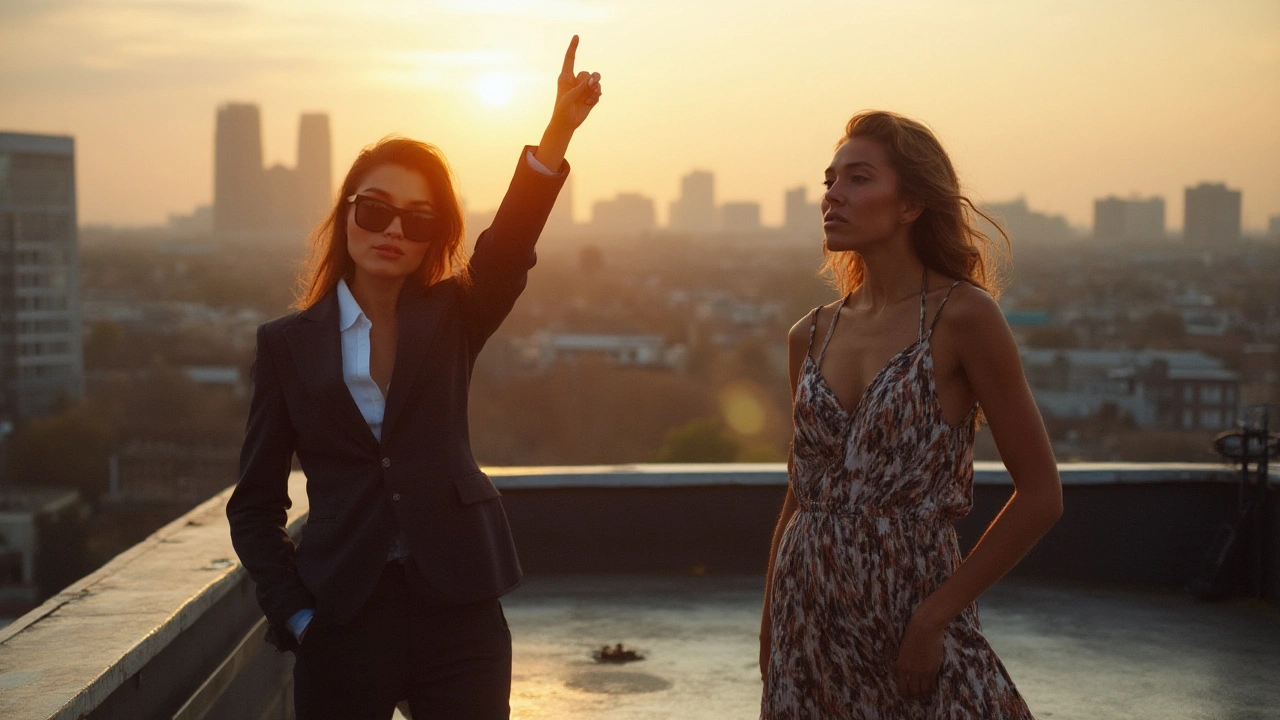
Practice, Feedback, and Finding Your Signature Style
Perfect posing doesn’t just happen on set. The best models practice all the time—at home with a full-length mirror, using their phone’s selfie camera, or even with a trusted friend snapping candids. Treat it like learning a dance routine: the more you understand your body’s best angles, the less awkward it feels. Take bursts of pictures, keep the ones you love, and study the ones that feel off. This is how you catch yourself slouching, squinting, or making your head look oddly large—only to realize quick tweaks fix everything.
Asking for feedback is gold. Even if you aren’t posing for a top fashion house, a second opinion helps you see what you miss. Sometimes a friend points out that you look your fiercest, happiest, or most approachable in shots you thought were odd. Honest reactions are more helpful than hundreds of “likes” on Instagram. If you want extra insight, lots of beginner and pro models keep posing logs—a gallery of moves, faces, and hand placements that work for them, so they can repeat them in high-stakes shoots. Some models even use mood boards and create mini-inspiration albums on their phones to reference when they’re on set.
Over time, all this experimenting builds a personal style. Maybe you lean towards bold and graphic shapes, or you prefer soft, candid, barely-there poses. Don’t be afraid to bring a bit of your personality into every shot—the models that stick in people’s minds usually break the mold with a small signature move or expression. British model Adwoa Aboah is famous for her shaved head and strong eye contact; supermodel Naomi Campbell uses fluid hand gestures in nearly every photo. You don’t have to invent something wild—sometimes a particular head tilt or offbeat smirk is enough to be remembered.
If all this sounds like a lot to track, remember: the best posing feels like a performance, but it starts with simply letting go. Move, experiment, and stay curious about what the lens tells you. There’s no magic number of poses to conquer—just keep playing until you find a few that make you feel not just camera-ready, but unmistakably you. Here’s to capturing moments that give you that pro model spark—no matter who’s behind the camera.
